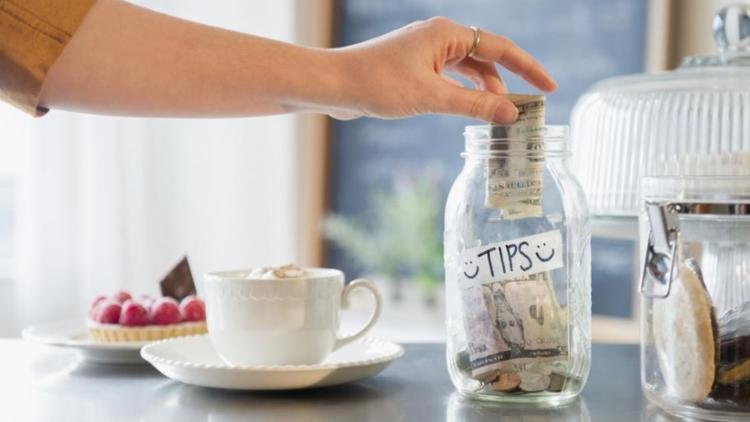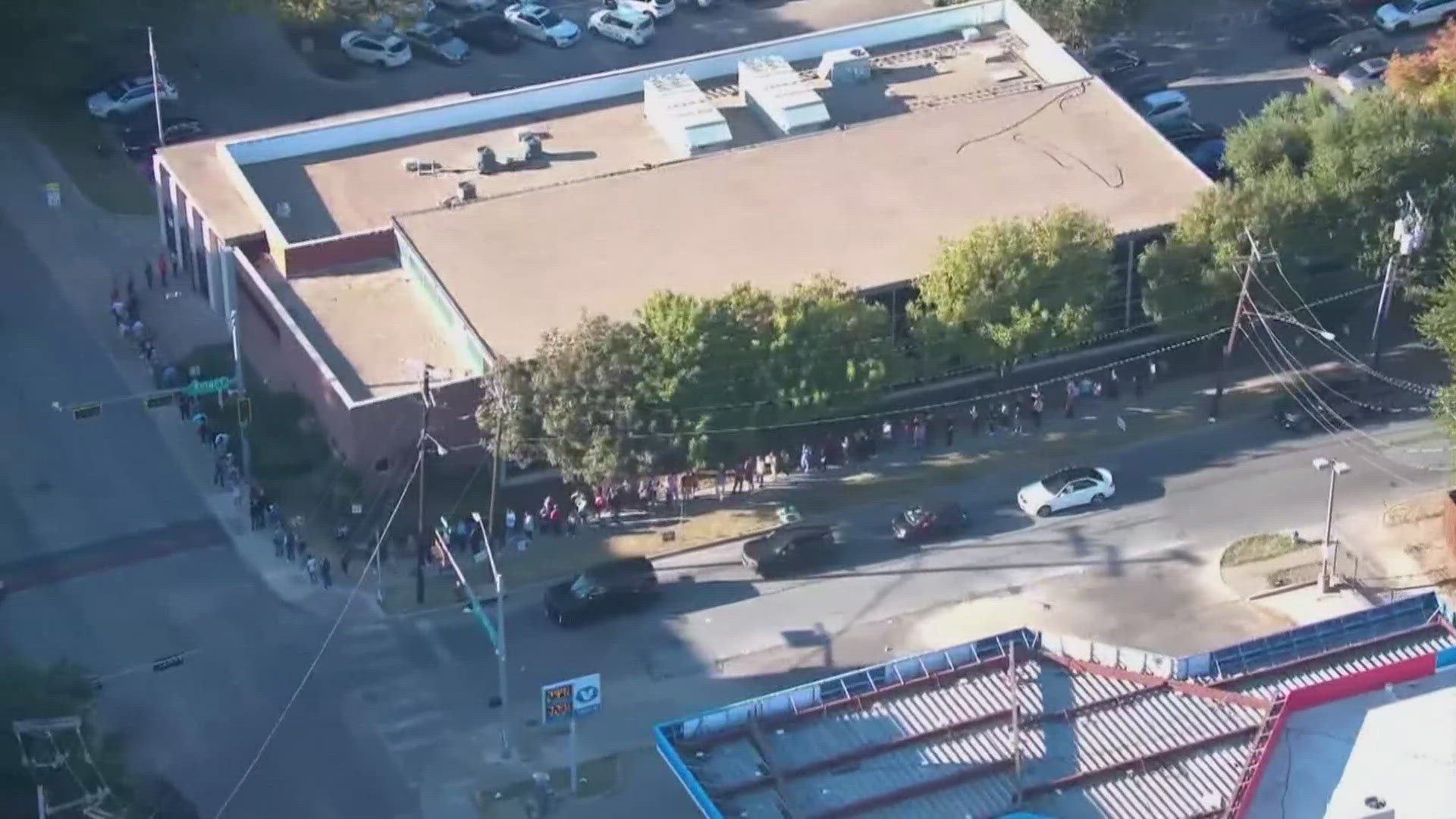DALLAS — This story was originally published by our content partners at the Dallas Business Journal. Read the original version here.
The tipping debate that's become public discourse in our post-pandemic world has found a place in this year's presidential election.
Both Vice President Kamala Harris and former President Donald Trump have announced proposals that exempt tips from federal taxes. Harris would exempt tips from federal taxes — but not payroll taxes — for tipped workers below $75,000, while Trump’s proposal does not appear to be capped by income, according to the Brookings Institution, although details on Trump’s plans are scarce.
In either case, experts say, the benefits to workers might be scant.
“We agree that this is an important goal, but there are much better ways to achieve it," wrote senior fellow William Gale and research assistant Ian Berlin in a recent Brookings Institution blog post. “Employers might simply cut workers’ base pay, pocketing the would-be gains for themselves.”
To that end, business owners could attempt to reclassify employees as tipped workers under the guise of a tax break only to then drop their base pay to the lower $2.13 per hour compared to the $7.25 per hour federal minimum wage for non-tipped workers, Gale and Berlin write.
Either candidate's proposal could also end up solidify tipping at a time when consumers are growing uncomfortable with what's expected of them.
A survey conducted by The Harris Poll on behalf of Paylocity found that 67% of those surveyed were uncomfortable with more businesses asking for tips. That discomfort cuts across generational lines, with 74% of baby boomers and 66% of Gen Zers feeling uncomfortable with the spread of tipping.
Additionally, 78% said they want more transparent tipping practices. The same percentage feel that tipping is becoming “mandatory,” and 74% believe tipping should be restricted to specific businesses in specific industries.
But businesses, stretched thin on resources and looking to cut or shift costs, are increasingly reliant on tipping. The share of businesses across industries that accept tips has grown in recent years, according to research from payroll and benefits provider Gusto Inc.
In July 2019, less than 3.5% of retail stores requested tips from their customers. That number had grown to more than 6% in July of this year, an increase of nearly 75% over the five-year period. In that same timeframe, there was an increase of 50% among specialty stores (like florists and record shops) and a 40% increase for health stores accepting and paying tips to their employees.
Customers grow frustrated with tipping
While the overall share of retail stores requesting tips is still small, the increase that's occurred has been noticeable among consumers, and that only serves to exacerbate their frustration, according to Gusto.
For example, since July 2019, the share of bakeries that pay tips to their employees grew from 36% to 50% this year.
But among restaurants, a business segment long known for tips, businesses that accepted tips actually dropped 2%, likely a result of some local governments doing away with the tipped minimum wage in favor of the standard minimum wage, Gusto said.
Businesses that do offer tips often do so because it helps them close the gap with ventures that don’t offer tips.
“Consumers are right to feel that they are being asked to tip more — the share of employers paying tips to their employees has increased significantly in the last five years, and tipping has begun to show up in new industries,” Gusto Economist Nich Tremper said in a blog post. “However, tipping may provide an opportunity for small and medium businesses to compete for talent by increasing pay beyond what they might otherwise be able to afford.”
Anthony Miyazaki, a professor of marketing at Florida International University currently studying tipping activity and acceptance, agreed that over the past decade consumers have had increasingly hostile attitudes toward tipping.
That's due to a number of factors, he said, including payment screens that put the tipping process right in the face of consumers during the moment of the transaction rather than at the end of a meal at a restaurant. That rushes the consumer and creates a sense of discomfort that may lead someone to question whether they want to tip at all.
Pressure from businesses, food-delivery apps
The increased use of tipping comes while some businesses have been cutting back on work hours — which squeezes employees and might increase pressure on them to push for tips.
Also at play is the rise of food-delivery apps. Those services, which gained prominence during the pandemic, have now created some situations where if consumers don’t tip heavily up front before even receiving their food, they might wait a lot longer to get it, not get it at all or not receive it in good condition.
“The rise of food- and product-delivery services has created its own unique tipping warfare,” Miyazaki said. “Delivery drivers don’t only complain about low tips, but they will purposely turn down orders that have low or no tips and occasionally admit to sabotaging no-tip orders by allowing them to cool down, warm up or otherwise become less appealing.”
Tipping historically has been a more pleasurable giving experience for consumers, but as prices rise and consumers continue to feel pressure, they will continue to view it more negatively, Miyazaki said.
“These days, even in places where you select your own food and bus your own tables, you’re likely to see a tipping screen — or at least a tipping option — when you make your purchase,” he said.
Concerns about tipping have dovetailed with state and federal efforts to raise the so-called tipped minimum wage. A Pew Research Center survey found that 30% of adults say they factor in how much the worker probably makes when deciding how much to tip.
A survey by CouponBirds earlier this year found 76% of Americans say tipping culture has gone too far, with 47% saying they're being asked to tip at automated or self-service stations. Other surveys echo the sentiment that tipping has become an issue among consumers.
More Election Day Headlines



